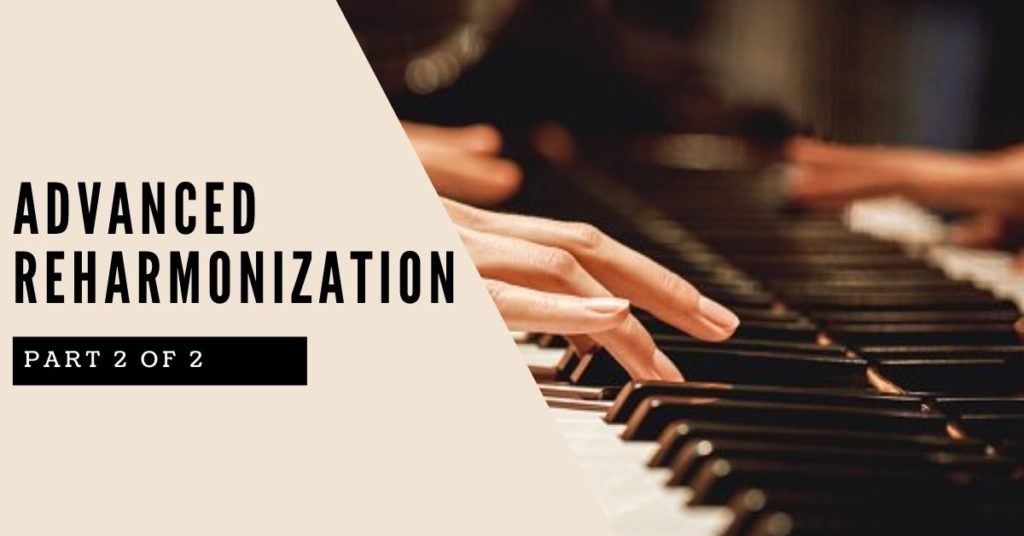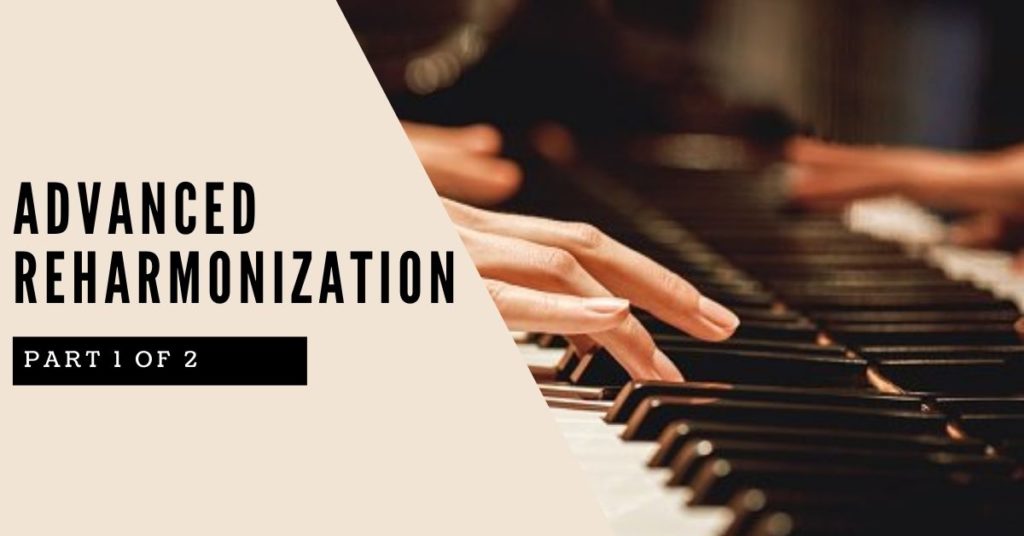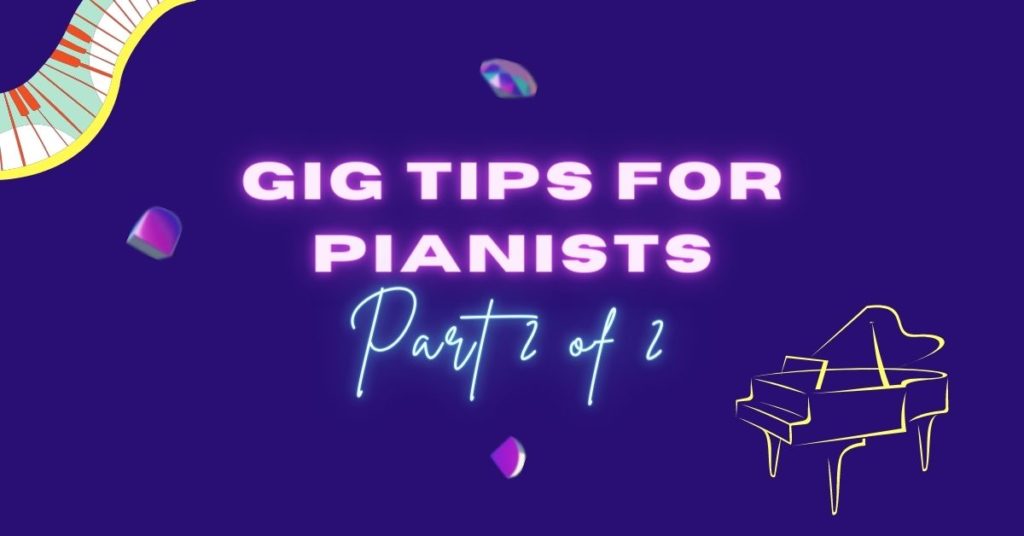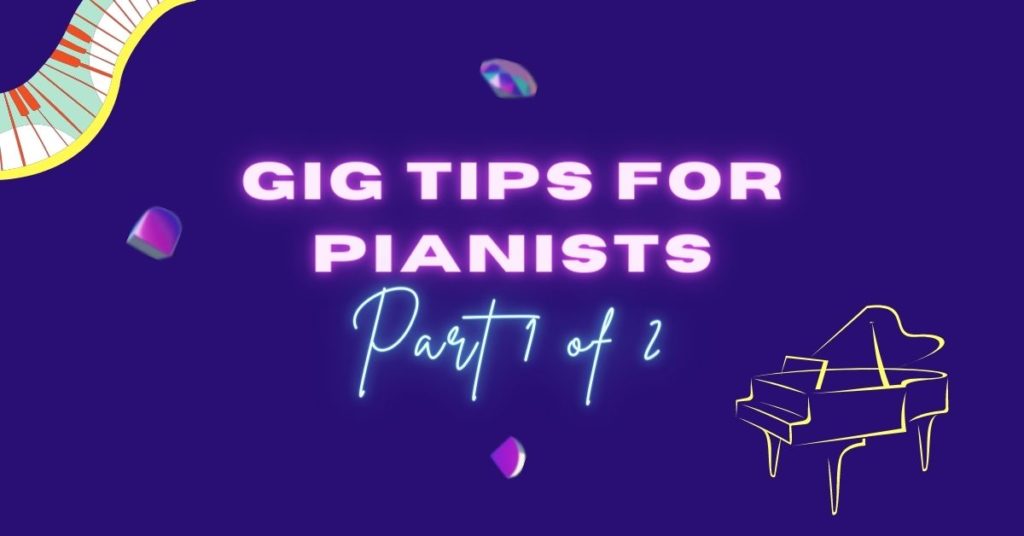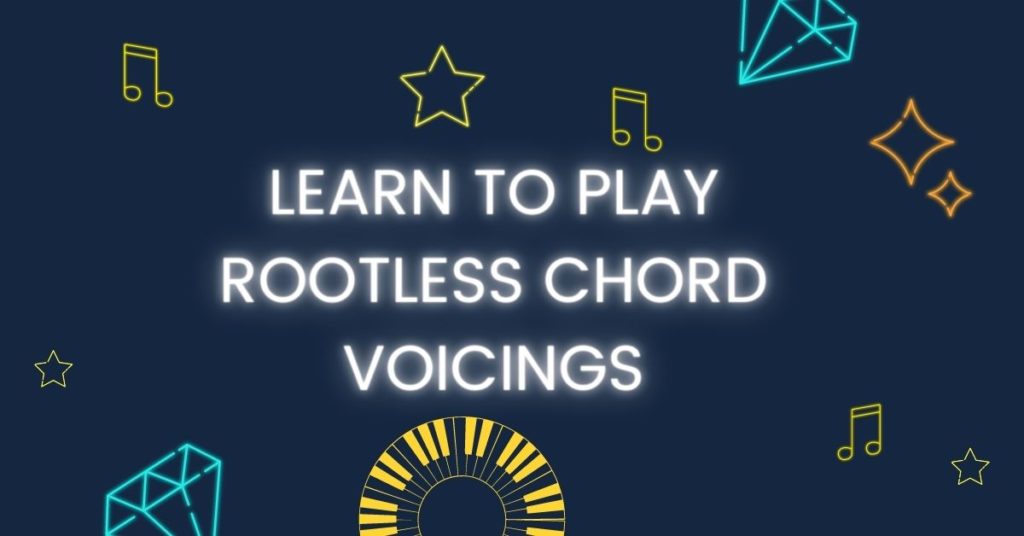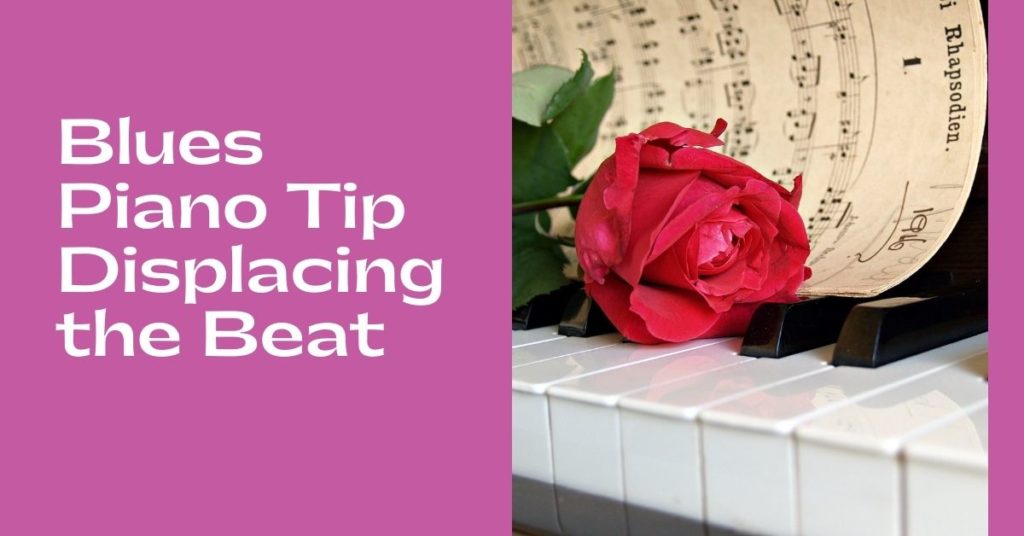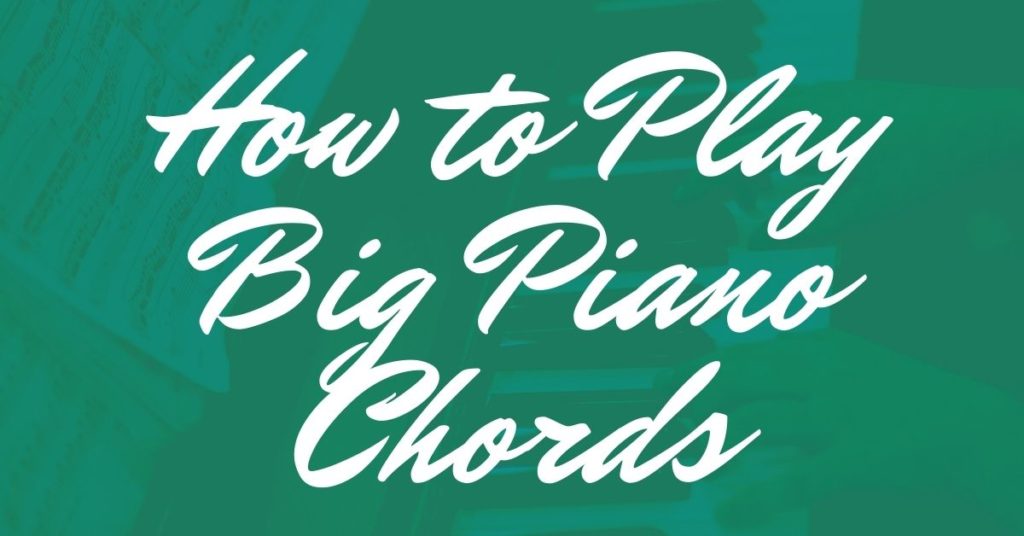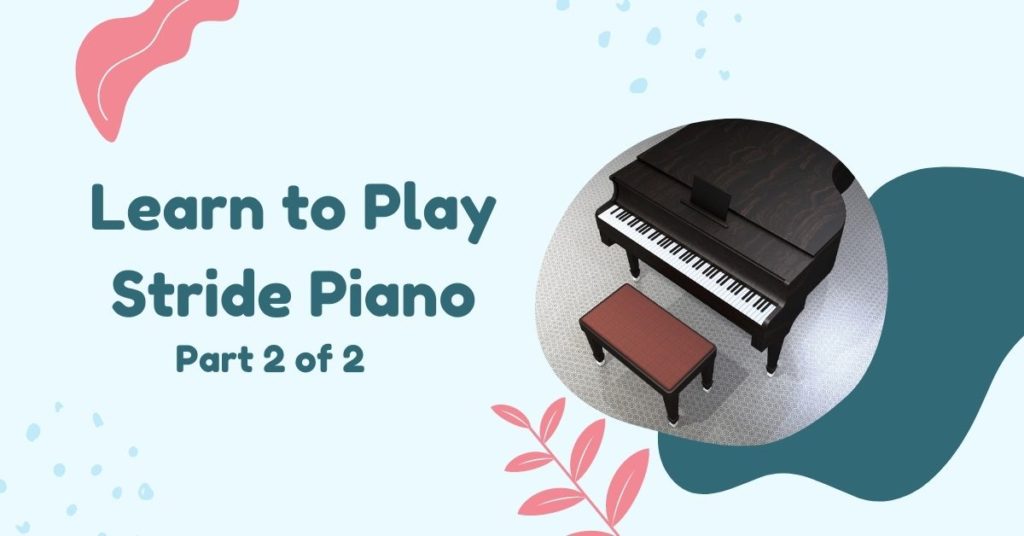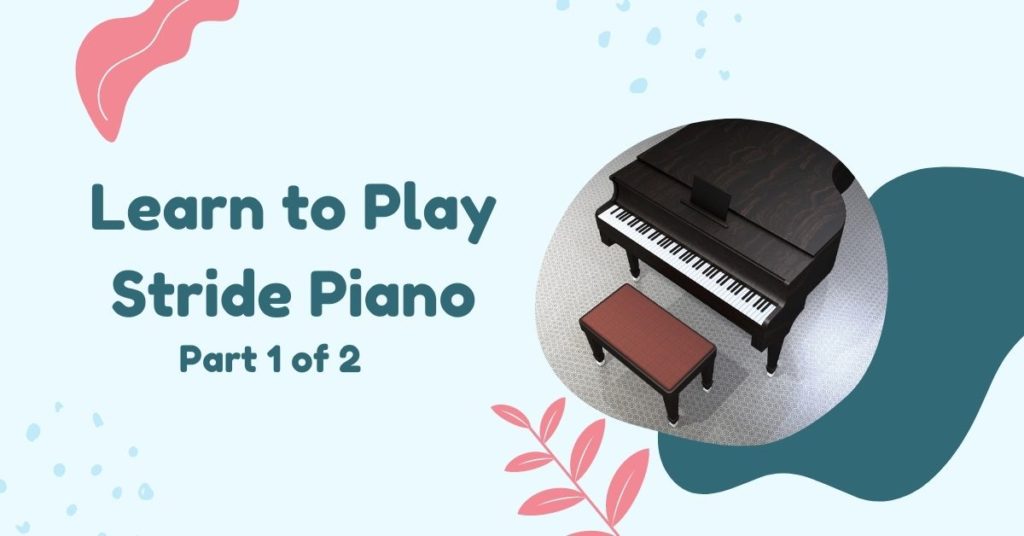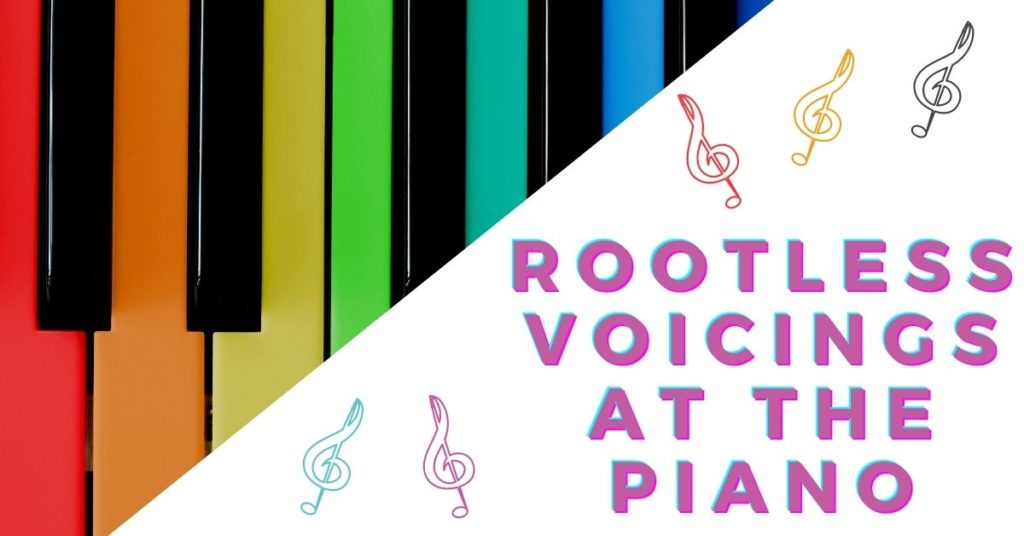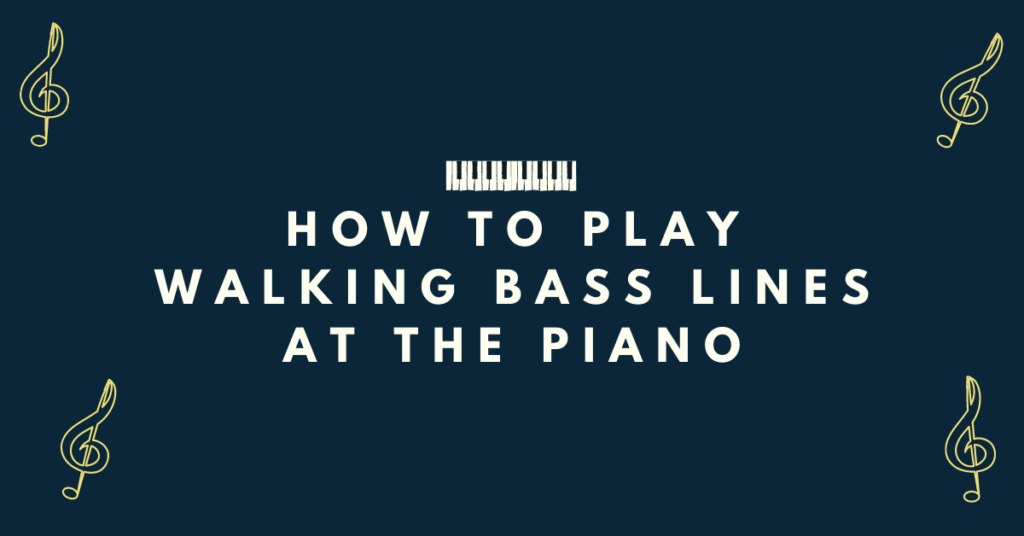Advanced Reharmonization – Part 2 of 2
In Part 1 of our article on advanced reharmonization we discussed two tips for understanding how to get started with chord substitution. Here in Part 2 we’ll go further with some study of advanced reharmonization using Gershwin’s “Summertime” by discussing some common chord progressions as well as the idea of tritone substitutions. Advanced Reharmonization Tip…


